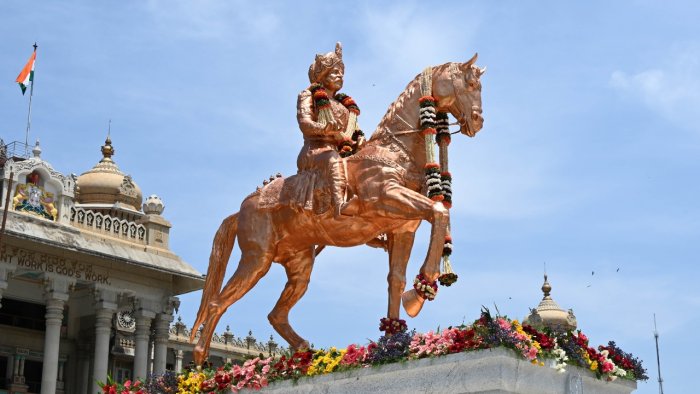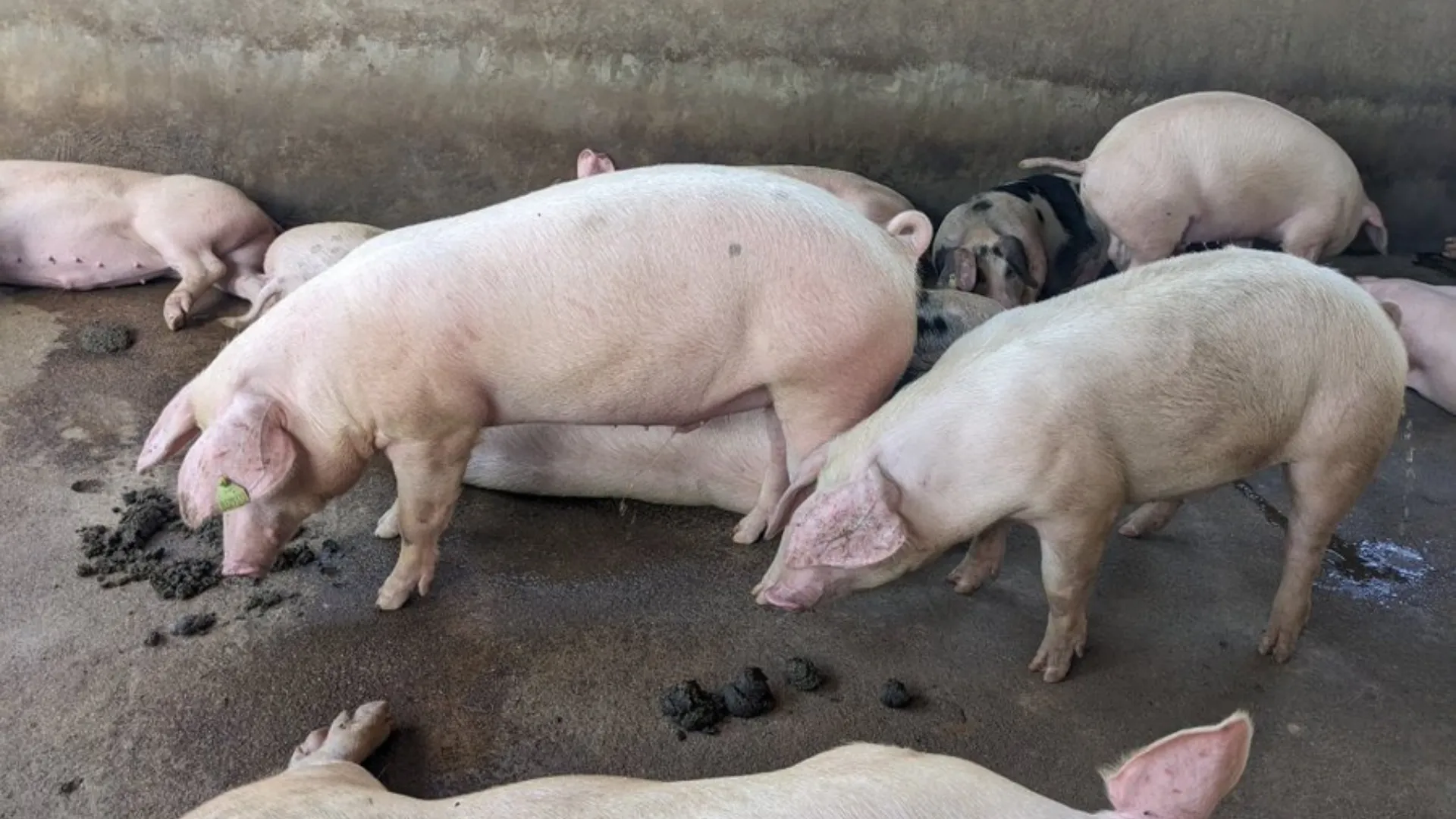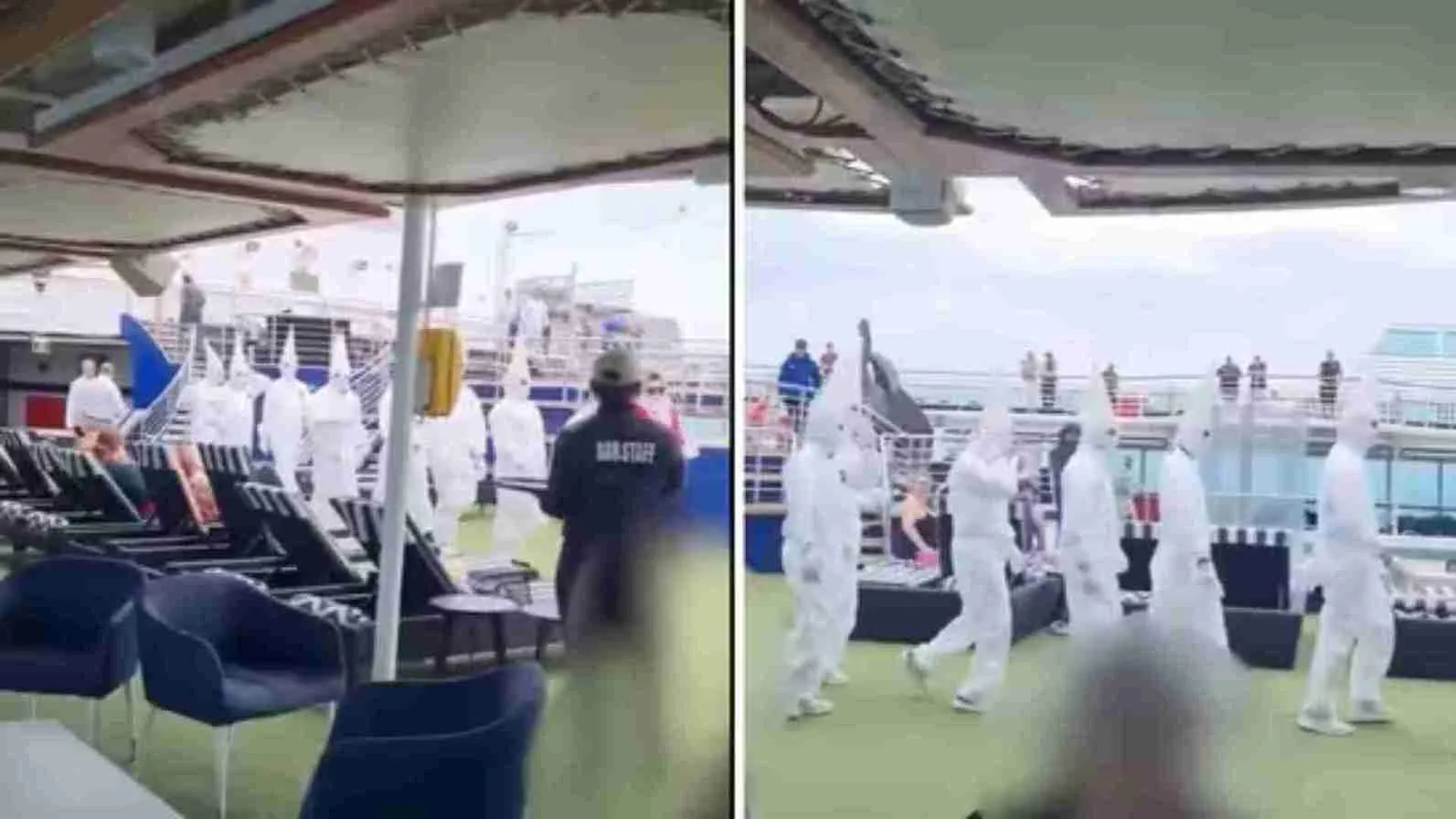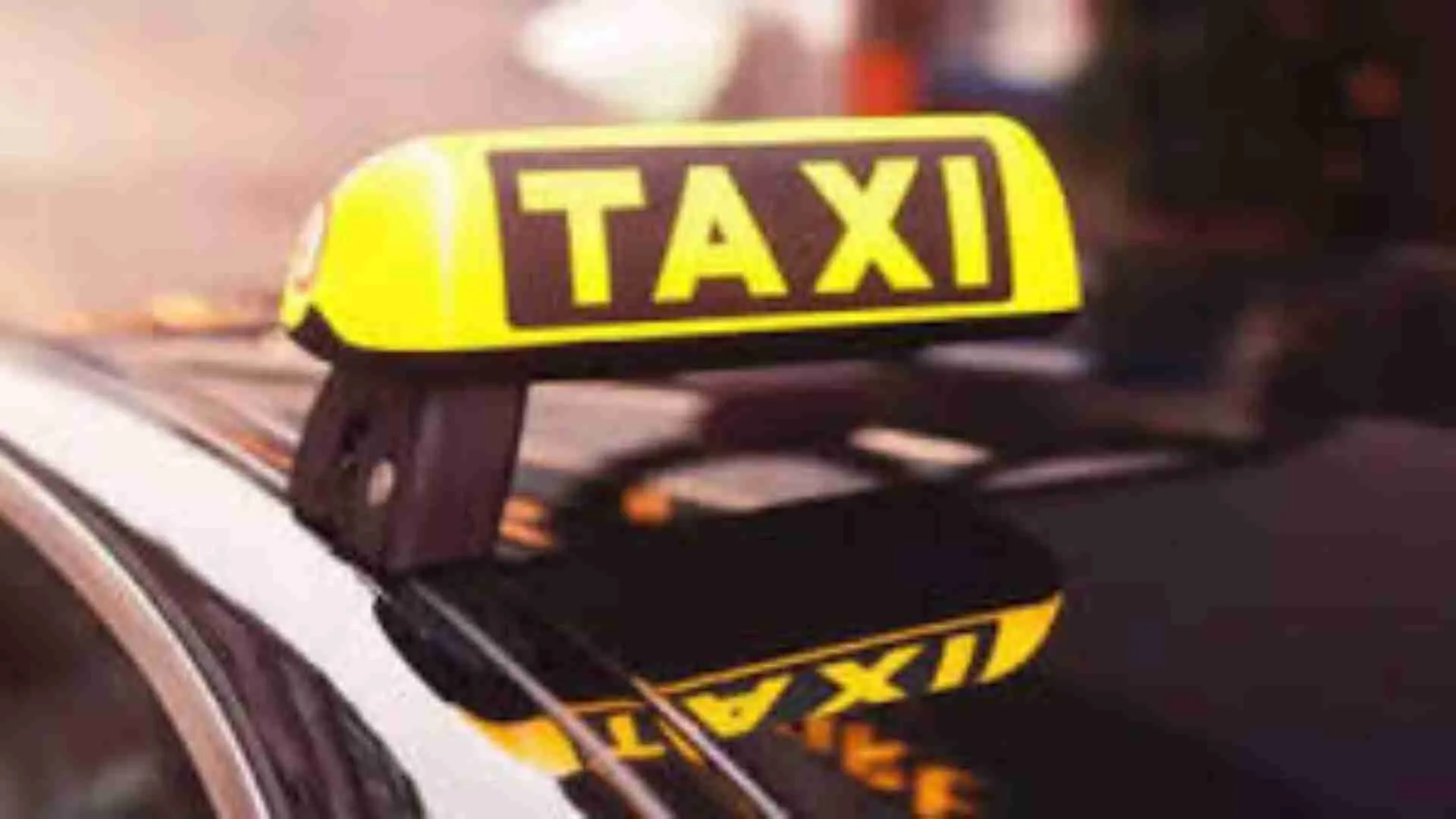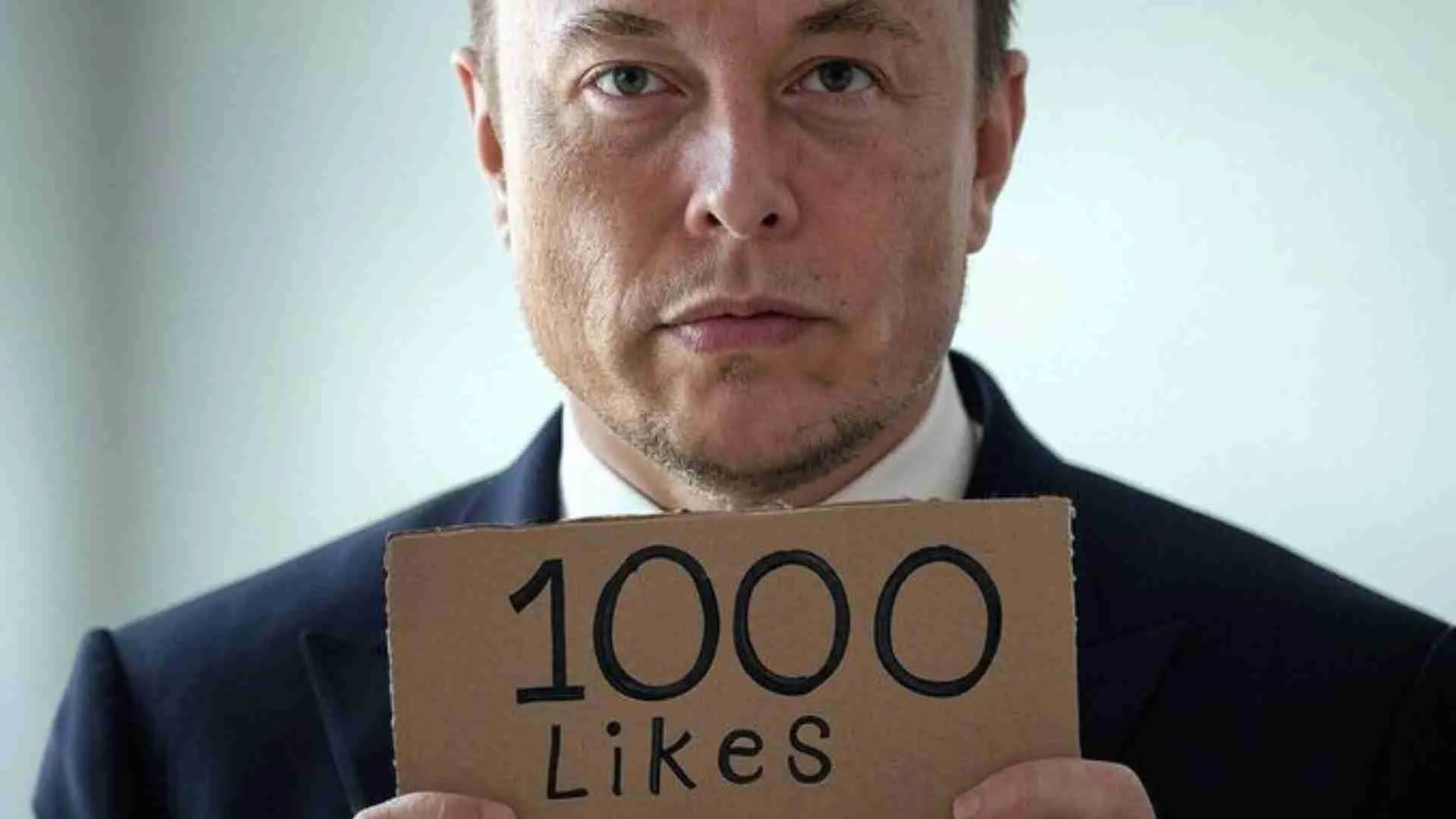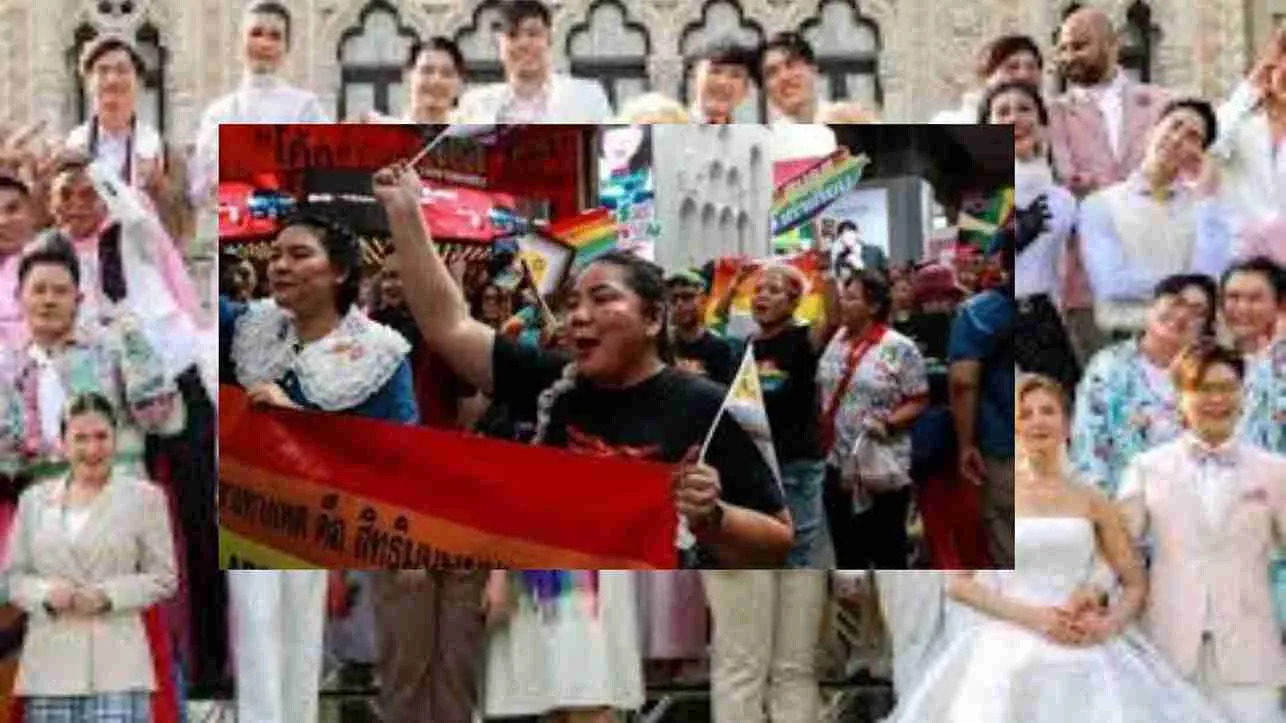At first glance, it is very easy to dismiss “On a Pedestal’, an exhibition on public statues in Bengaluru, for its snapshots-stuck-on-charts format. But if you keep looking, each of the 700-odd photographs gives you such a wealth of information that you can write a magnum opus on the IT hub’s socio-political and cultural interactions. Especially, if you are lucky to have artist Ravikumar Kashi, one of the researchers, walking you through the exhibits.
For instance, if you dwell long enough by the palm-sized photo of Maratha ruler Chhatrapati Shivaji, atop a pedestal shaped as “fortress”, near Bashyam Circle in Sadashivanagar, you are likely to learn these factoids. “That statue created a furore when it came up, people questioned why a Maratha ruler should be placed so prominently. But Shivaji has a Bengaluru connection, he even got married here,” Kashi said.
Or take the case of Tamil poet Tiruvalluvar, whose statue is near Ulsoor lake, a Tamil-dominated area. At the exhibition, pictures of his statue wrapped in cloth and without wrapping are stuck next to each other. The story goes thus: since 1991 he was kept wrapped up and needed the interventions of the then chief ministers of Tamil Nadu and Karnataka, M. Karunanidhi and B.S. Yeddyurappa, in 2009, for the covers to be lifted.
Political manipulations are not surprising, said Kashi. He added that when the information he and his fellow researchers – Salila Vanka and Madhavi Rao – had gathered about the statues were distilled, it became clear that statues were usually a political statement. Citing an example, Kashi pointed out how in recent years there has been a surge in installation of Nadaprabhu Hiriya Kempegowda (1510-1569), founder of Bengaluru. “In several instances, the installations are happening in tandem with renaming roads, traffic roundabouts, parks and roundabouts after him,” he added.
According to him, this is not an accident. He pointed out the chart that establishes the timeline and the changes in the narration of Kempegowda’s identity. “The first known representation in 1609 shows him as a humble bhakt (devotee) in a temple. Over the years, you can see how his image was built up. He is now usually portrayed as a sword-wielding warrior all set to conquer the world sitting astride his horse, the bigger the better. Like the 108 feet tall Statue of Prosperity at the Bengaluru international airport, unveiled by Prime Minister Narendra Modi on November 11, 2022,” said Kashi. Although Kashi said he has been researching statues since 2008, he teamed up with his colleagues from RV College of Architecture, Vanka and Rao, about 18 months ago, after a grant from Bengaluru-based India Foundation for the Arts for the project.
“The research methodology included documentation and data analysis to report on the patterns and trends. We then chalked out themes and inferences. We also used QGIS, an open-source geographic information system, to spatially locate the statues and sculptures,” said Vanka, who teaches urban social theory. Kashi said some amount of crowdsourcing was also involved in the project, as the team had invited people via social media platforms to talk about the statues around them. “The project did not become wildly popular among the public as we thought it would, but we did get some useful tip-offs,” added Kashi.

